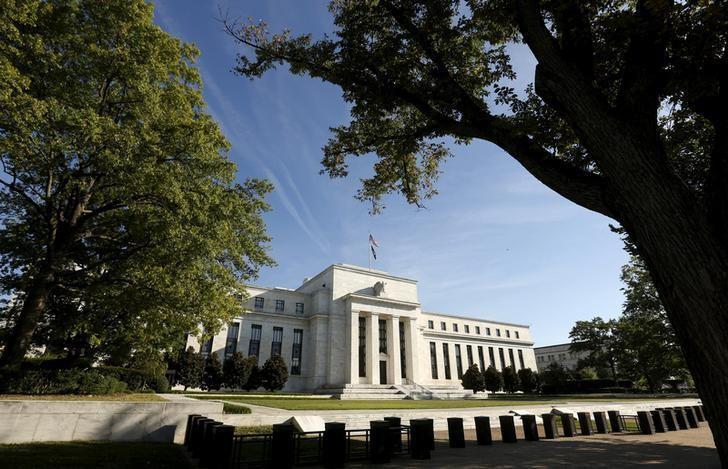US Fed members divided over rate hikes in 2018
WASHINGTON – Agence France-Presse

U.S. central bankers are divided over how fast they will need to raise interest rates next year, given differences over the causes behind the low inflation and wage gains seen to date, according to a report released on Jan. 3.
The minutes of the December 12-13 policy meeting, when the Federal Reserve raised the benchmark lending rate for the third time last year, also showed officials believe the likely benefits of the recently adopted tax cut are highly uncertain.
While the tax cuts could boost spending, there are indications companies are likely to use the windfall for mergers and share buybacks, the minutes said.
That is contrary to the arguments its supporters used to back the massive tax package.
The Fed’s policy-setting Federal Open Market Committee last month increased the key lending rate to 1.25-1.5 percent, an increase of a quarter-point on the rate that affects all types of credit from mortgages to car loans.
The Fed’s quarterly economic projections also released last month indicated the central bank is likely to raise the federal funds rate three times in 2018 and once in 2019.
However, that is a median forecast and the minutes show there are conflicting views among the policymakers about the number of rate hikes that will be needed.
The disagreement centers on whether inflation has remained stubbornly below the Fed’s two percent target due to temporary or more enduring factors.
A few FOMC members said three rate increases, while still a gradual upward path, would be too fast and “might prove inconsistent with a sustained return of inflation to two percent.”
However, a few others found the pace of rate hikes should be “somewhat faster” than the three signaled in the forecast.
They worried that “continued low interest rates risked financial instability in the future, or that the labor market was increasingly tight.”
With steady job creation in the past two years pushing the unemployment down to a 17-year low of 4.1 percent, Fed officials have been perplexed about why inflation has remained very low and wage gains have been sluggish so far, but largely attributed it to transitory factors.
The Fed’s preferred inflation measure, the Personal Consumption Expenditures price index, remains well below two percent and shows few signs it will rise soon.
The 12-month core PCE, which excludes volatile food and energy prices, has risen just 1.4 percent.
The central bank forecasts indicate the unemployment rate is expected to continue to drop to 3.9 percent next year, although some economists see it falling even further.
Two voting members of the FOMC, Charles Evans of Chicago and Neel Kashkari of Minneapolis, dissented from the decision to raise rates last month saying the central bank should wait to see actual wage and inflation increases before raising rates.Analysts at Barclays said the actual pace of rate increases will depend on inflation this year, but if it does not rise by March “or if the unemployment rate decline stalls out, then the case for a pause in the rate hike cycle strengthens.”
Last month’s policy meeting took place just before the US Congress approved the massive $1.4 trillion tax package, and many Fed officials noted the potential for the tax cuts to provide some boost to consumer and business spending.
However, they highlighted the uncertainty about the magnitude of the impact.On the business side especially, reports from firms and surveys indicate that “the increase in cash flow that would result from corporate tax cuts was more likely to be used for mergers and acquisitions or for debt reduction and stock buybacks.”
Republicans in Congress have said the package - which lowers the corporate tax rate to 21 percent from 35 percent - would boost business investment and hiring, while also helping American families.The Fed forecasts showed central bankers now are looking for faster growth of 2.5 percent next year, compared to the previous forecast of 2.1 percent.
















